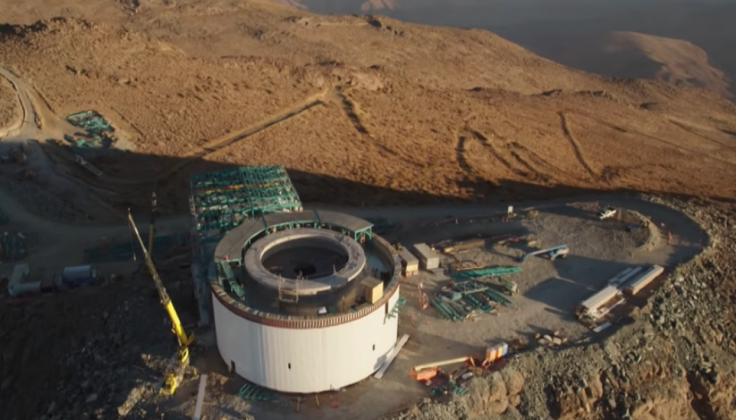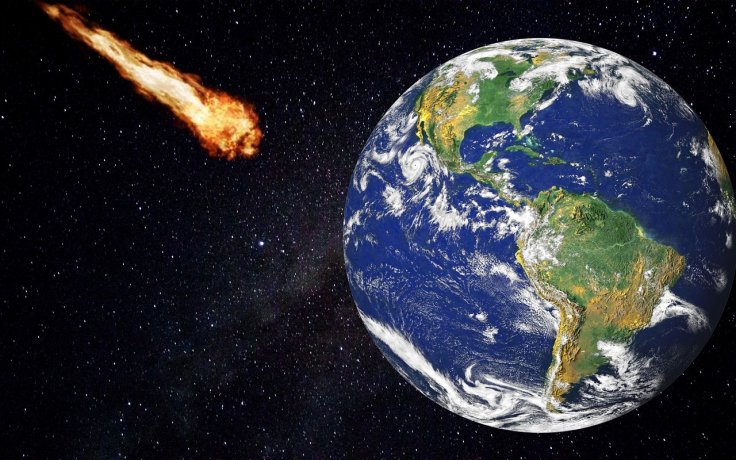Astronomers are worried that the satellites of SpaceX's Starlink project could hinder the operations of the Large Synoptic Survey Telescope (LSST) in Chile. They said that if the satellites end up blocking the view of the telescope, it could prevent it from carrying out its tasks, such as detecting near-Earth asteroids that pose a threat to the planet.
The LSST is a giant telescope that's currently being built on Chile's Cerro Pachon ridge. By 2022 following the completion of the telescope's construction, it will embark on a 3-night campaign that aims to create a detailed map of the entire sky.

LSST's Contributions to Astronomy and Planetary Defense
For the astronomers who will operate the LSST, the telescope will serve as a vital tool in the field of astronomy. Through its powerful lenses, astronomers are hoping to detect new cosmic objects in space including hundreds of thousands of supernova remnants.
Aside from identifying new cosmic bodies, the telescope will also be used as part of Earth's planetary defense. According to the astronomers, the LSST is capable of detecting near-Earth asteroids that will enter the planet's neighborhood. Through the data that will be collected by the telescope, space agencies will be able to track the trajectories of asteroids in order to determine if Earth is in danger of experiencing an impact event.
Issues with SpaceX's Starlink Satellites
However, astronomers fear that the LSST will not be able to completely perform all of its functions due to the visibility issues caused by SpaceX's Starlink satellite constellation project. Once the company achieves its goal of deploying all of its satellites, there could be about 42,000 Starlink units orbiting Earth. According to the LSST's chief scientist Dr. Tony Tyson, these satellites could prevent the telescope from spotting cosmic objects in the sky.
"LSST uniquely scans the sky with a fast and wide cadence going to very faint limits," he told Forbes. "This means that of all observatories it is most impacted by tens of thousands of bright low earth orbit satellites."

How Starlink Satellites Can Increase Asteroid Threats
Due to the brightness of the Starlink satellites, Tyson and his colleagues are worried that they might drown out the light emitted by nearby asteroids. If this happens, the LSST might not be able to detect if an asteroid is flying towards Earth. Since early detection is a key component of planetary defense, space agencies might not have enough time to successfully prevent an asteroid impact.
To prevent this from happening, Tyson plans to keep track of the Starlink satellites in order to make sure that they don't block the view of the LSST. However, since there will be tens of thousands of them in the future, Tyson noted that it might be impossible to avoid them.
"There will be so many it is not feasible to dodge them," he said. "The only hope is for the operators like SpaceX to make them dimmer."









